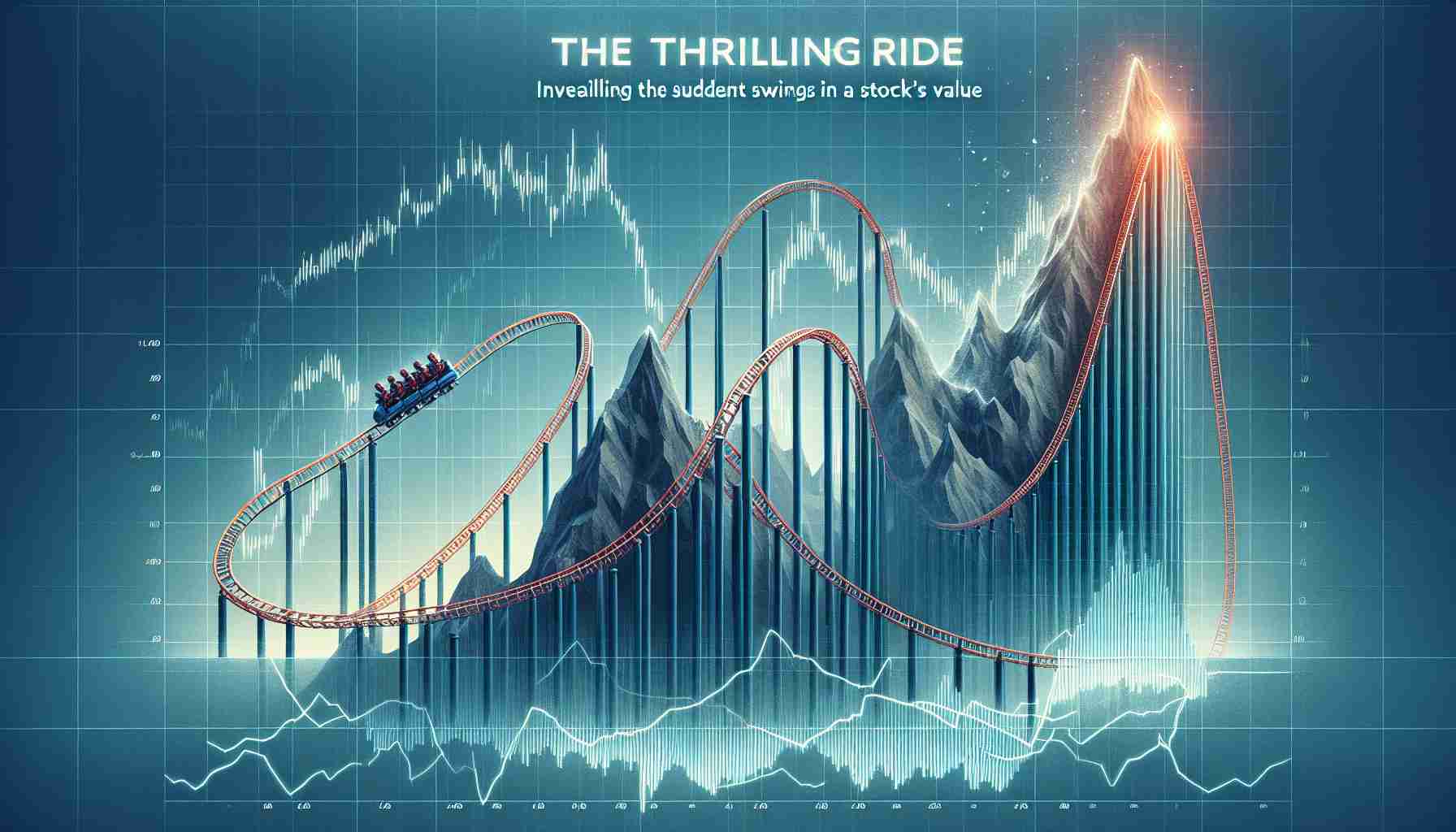Kioxia’s IPO Faces New Timeline
The Delay
Kioxia, a prominent Japanese chip manufacturer, has once again postponed its much-anticipated public offering. Initially slated for October, the IPO is now expected to occur in December, pending further market evaluation. This decision comes after an assessment revealed that the initial valuation was overly optimistic, sparking a need for recalibration based on emerging investor sentiments.
Testing the Waters
As the company revisits its plans, it is utilizing revised regulations that allow for a thorough test of market waters before proceeding. These preparations could potentially lead to further postponements on the Tokyo Stock Exchange if the conditions prove unfavorable when December arrives. This strategy reflects Kioxia’s cautious approach amid a fluctuating market environment.
A Looming AI Influence
Kioxia’s ambitions are closely tied to the future of artificial intelligence, which drives a substantial demand for their chip products. Despite the initial enthusiasm, investor interest in AI-related ventures is waning as they anticipate longer-term returns. The IPO, largely advocated by Bain Capital in partnership to revisit the 2018 Toshiba memory division acquisition, has seen shifts in strategy due to evolving industry dynamics and past merger negotiations with Western Digital.
The Road Ahead
Though Kioxia plans to ride the AI wave eventually, its current IPO strategy illustrates a broader caution among tech giants navigating the complexities of a rapidly changing market landscape.
The Key Questions Surrounding Kioxia’s IPO Delay
Kioxia’s decision to delay its Initial Public Offering (IPO) has raised several critical questions within the technology and investment communities. What are the driving forces behind this postponement? How does this align with or contradict past industry practices? Moreover, what strategic directions might Kioxia consider to bolster its market standing? Below, we explore these questions while also addressing the key challenges and advantages linked with this delay.
1. Why the Delay?
One of the foremost questions relates to why Kioxia postponed its IPO. The primary reason appears to be an overestimation of its initial valuation. With the semiconductor industry experiencing volatility due to geopolitical tensions, supply chain disruptions, and evolving tech demands, Kioxia opted for a cautious evaluation to avoid an unsuccessful market debut.
2. How does the AI Landscape Affect Kioxia?
The AI industry’s fluctuating dynamics play a significant role in this delay. AI technology remains a critical application for Kioxia’s chips. However, despite the sector’s potential, investor enthusiasm has been tempered by a focus on long-term ROI rather than immediate gains. Kioxia’s strategy involves aligning its offerings with future AI advancements, a trajectory that necessitates careful market planning.
3. What are the Potential Challenges?
Key challenges for Kioxia include navigating a volatile market environment and assessing whether investor confidence can be regained. The lingering effects of past unsuccessful merger negotiations with Western Digital also complicate matters, as these discussions are closely watched by investors for signals of Kioxia’s market intentions.
4. Are There Controversies Involved?
Yes, certain controversies accompany this delay, especially concerning Kioxia’s valuation adjustment and its performance against competitors during semiconductor shortages. Stakeholders have questioned whether the IPO delay signifies deeper financial concerns or strategic recalibrations necessary for future stability.
Advantages and Disadvantages of the IPO Delay
Advantages:
– Strategic Evaluation: Postponing the IPO grants Kioxia more time to re-strategize and possibly improve its market valuation.
– Market Testing: The added time provides a chance to test market waters more thoroughly, ensuring robust investor interest upon eventual launch.
Disadvantages:
– Market Speculation: Delays can breed market speculation, potentially affecting investor confidence and future stock performance.
– Opportunity Cost: The time spent waiting could mean lost opportunities to capitalize on favorable market conditions, especially if the AI sector experiences a boom.
Moving Forward
As Kioxia approaches a potential December IPO, the company must navigate intricate market conditions while leveraging its technological expertise to maintain competitive advantages. The strategic input from Bain Capital and lessons from previous merger discussions could shape decisions that influence its post-IPO trajectory.
For further exploration of semiconductor industry dynamics, consider visiting Semiconductor Industry Association or learn more about Kioxia’s technologies at Kioxia’s official site.
























